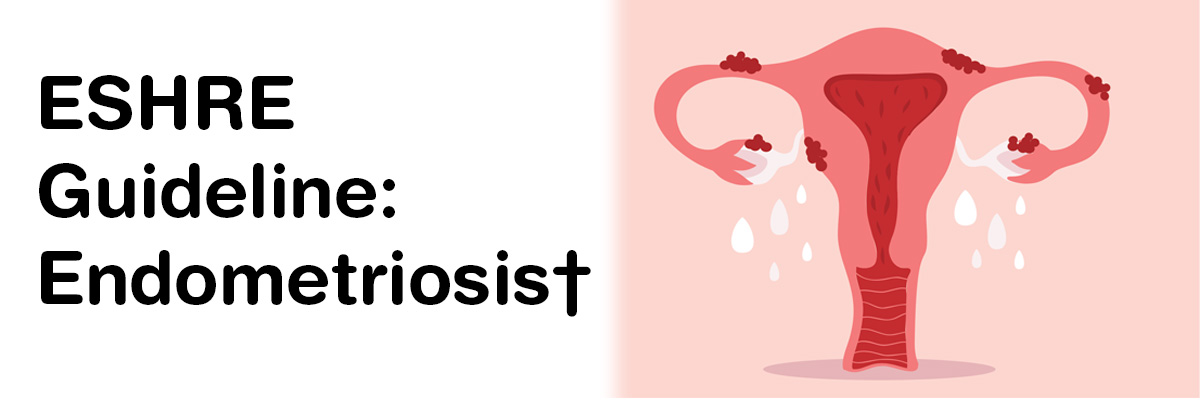
 IJCP Editorial Team
IJCP Editorial Team
ESHRE guideline: endometriosis†
A recent study, collected the evidence, formulated the recommendations and discussed it within specialist subgroups which were then presented to the core guideline development group (GDG) until consensus was reached. This was followed by approval of the final version by the GDG and the ESHRE Executive Committee.
Overall, 109 recommendations were formulated in these guidelines, 79 supported by research data and 30 GPPs based primarily on clinical expertise. The guidelines are per the best available evidence or, on recommendations by the GDG (GPPs) in case of lack of sufficient quality.
These guidelines and recommendations came as an update to the ESHRE endometriosis guidelines published in 2013 and 2005. The key questions and topics discussed in the guideline of 2013 were revised concerning data published between 2013 and 2021, where available, and per changes in clinical practice. The 2005 guidelines discussed the oral use of danazol and anti-progestogens as a medical treatment and LUNA, PSN and anti-adhesion agents as surgical interventions. These interventions still found a place in the discussion but not in the recommendations for clinical practice.
Majority of the recent studies confirm previous ESHRE recommendations, however, there are five topics in which significant changes in clinical practice are expected. The first change, predominantly based on clinical practice, is the evolution of the diagnostic process. Previously a laparoscopy was regarded as the diagnostic gold standard but now is only recommended in patients with negative imaging results and/or where empirical treatment was unsuccessful or inappropriate. Secondly, studies on GnRH antagonist treatments reinforce their use as an additional (second-line) treatment choice. Thirdly, recent data suggest that postoperative medical treatment may be beneficial regarding pain management and recommends offering it to women not desiring immediate pregnancy. Fourthly, the extended administration of GnRH agonist before ART treatment to improve the live birth rate in infertile women with endometriosis (ultralong protocol) lost its place in recommendations because of unclear benefits. Finally, the EFI made a place in the treatment as it can support decision-making for the most appropriate option to achieve pregnancy after surgery.
Along with the topics discussed in the previous guideline, the current guideline expresses highly important previous gaps in clinical management, along with an added chapter on adolescent endometriosis, information on pregnancy and fertility preservation, and extended information on endometriosis in menopause, as well as data on the link between endometriosis and cancer.
This guideline provides clear guidance on the management of endometriosis using all available evidence, yet there is still an urgent need for more research both to achieve more clarity on the most appropriate diagnostic and treatment options and to learn about the natural course of the disease. This guideline delivers 30 recommendations for research written to inspire researchers.
SOURCE- members of the Endometriosis Guideline Core Group, Becker CM, Bokor A, et al. ESHRE guideline: endometriosis. Hum Reprod Open. 2022;2022(2):hoac009. Published 2022 Feb 26. doi:10.1093/hropen/hoac009

IJCP Editorial Team
Comprising seasoned professionals and experts from the medical field, the IJCP editorial team is dedicated to delivering timely and accurate content and thriving to provide attention-grabbing information for the readers. What sets them apart are their diverse expertise, spanning academia, research, and clinical practice, and their dedication to upholding the highest standards of quality and integrity. With a wealth of experience and a commitment to excellence, the IJCP editorial team strives to provide valuable perspectives, the latest trends, and in-depth analyses across various medical domains, all in a way that keeps you interested and engaged.





















Please login to comment on this article